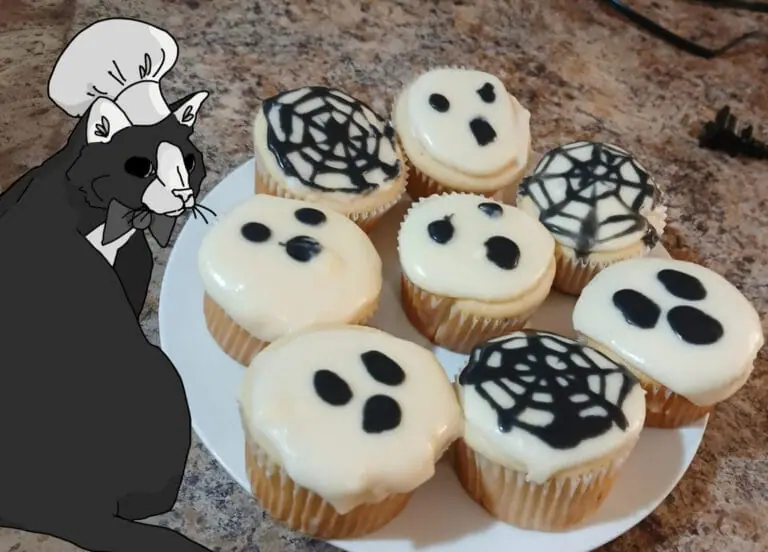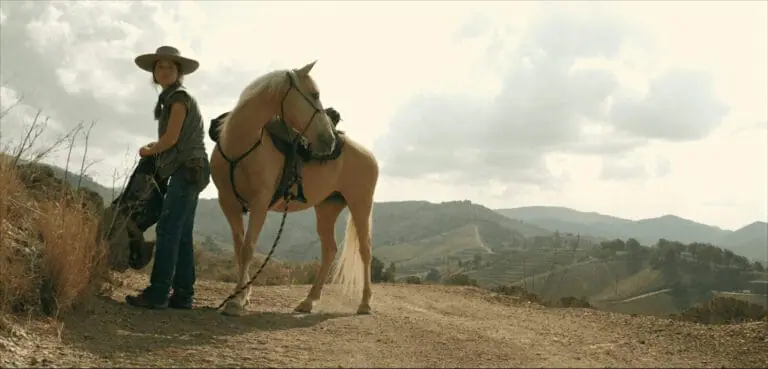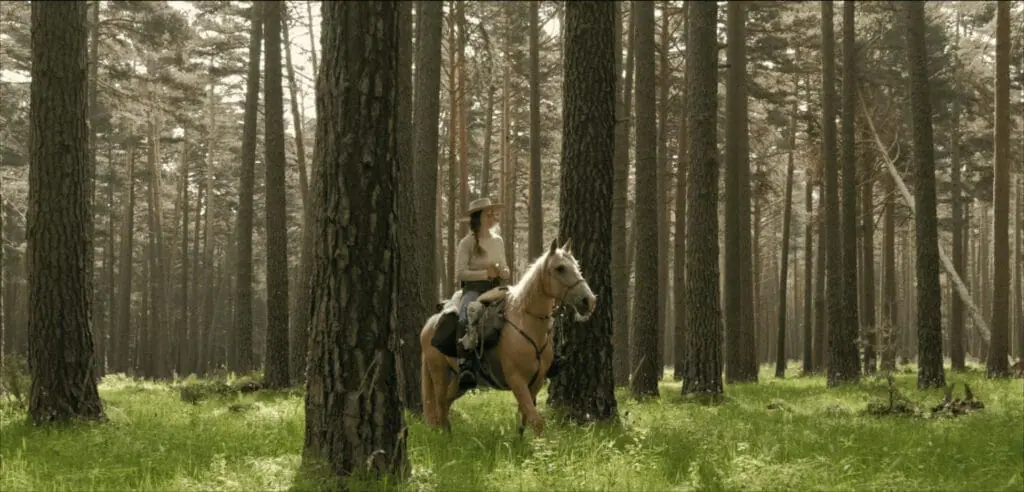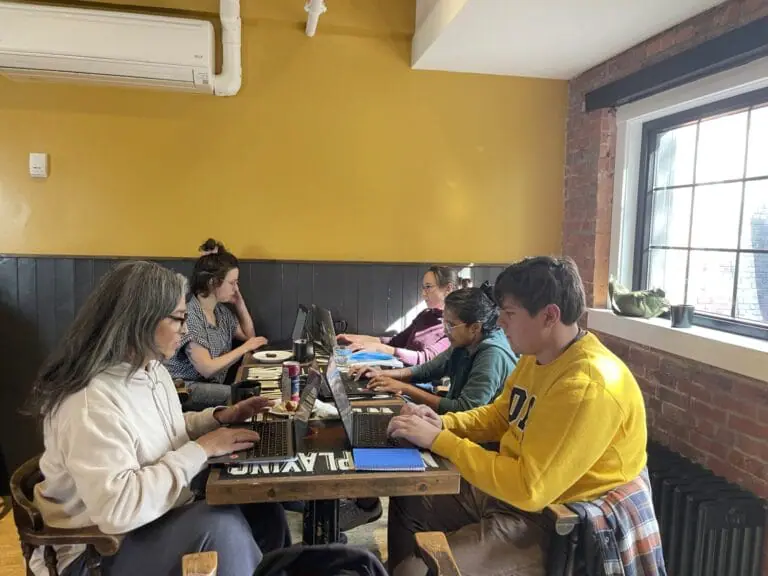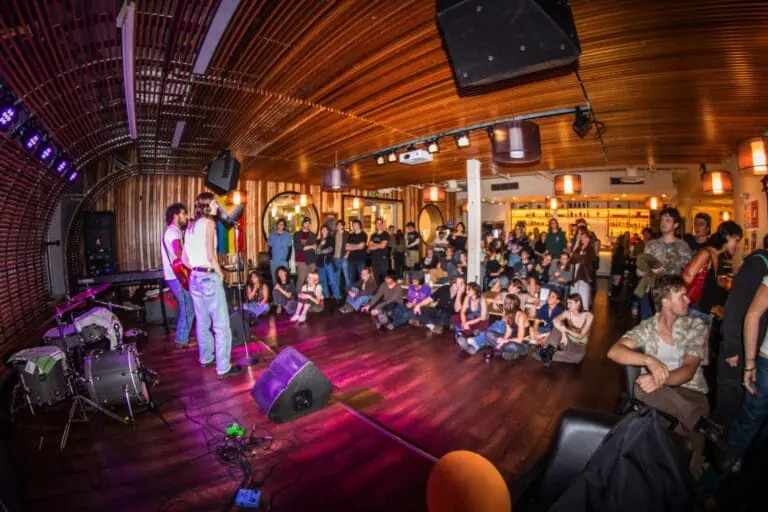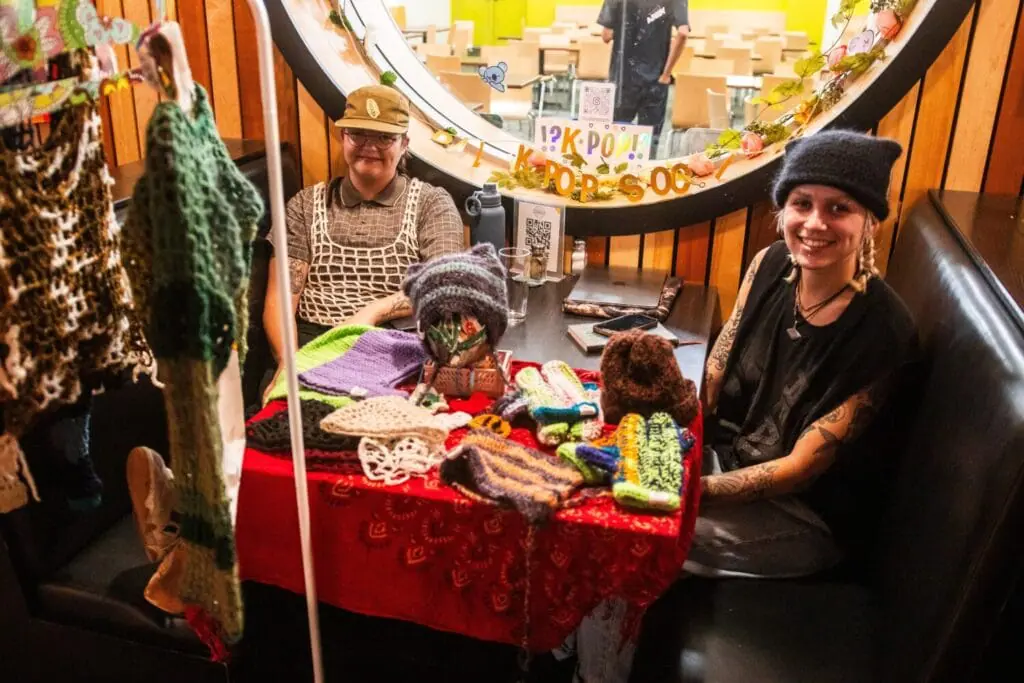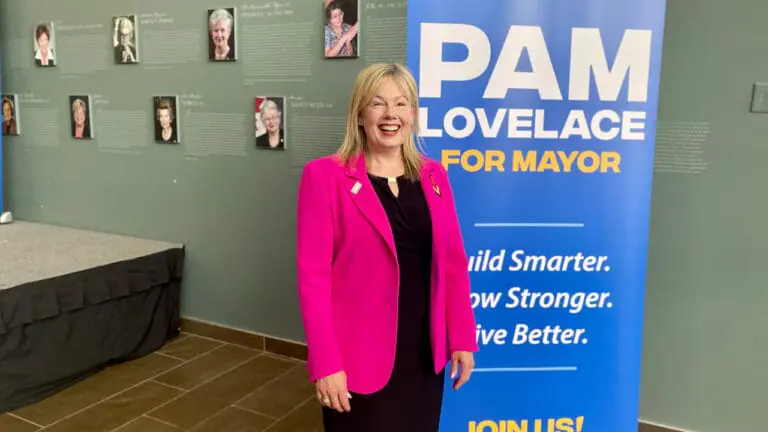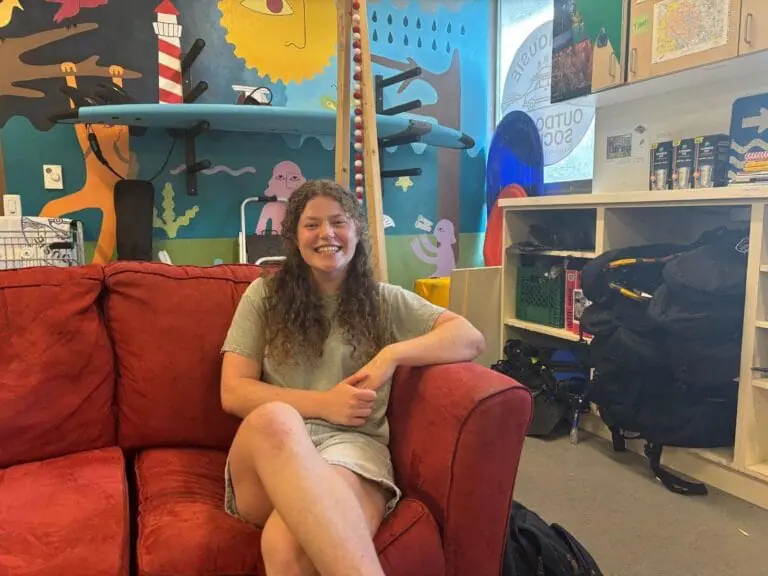Welcome to The Student Chef!
Every other week, I’ll be sharing recipes tailored to the student experience — from
cheap student-budget meals to middle of the week “I’m too tired for this shit” meals,
to fun and fresh new meals — because everyone deserves a little treat after a long day of too much caffeine and cramming for a midterm.
You don’t always have to rely on instant ramen and Monster Energy drinks to get your meals in. There are plenty of recipes I plan to share with you that might be a little bit more nutritious.
This week’s recipe is a bit of a splurge, but I had to go all in with the spooky and sweet vibes for this Halloween. I present to you vanilla ghost cupcakes! They’re soft, fluffy and delicately flavoured with the perfect hint of sweet vanilla.
I decorated mine with ghost faces and spiderwebs for the Halloween season, but feel free to explore your artistic side with these. They’re simple white cakes, so they can act as the perfect canvas. This recipe makes 18 servings, so they’re great to share with friends and family, or great to hoard all to yourself because, like I said, you really do deserve a little treat every now and then — or a big one. Enjoy!
Also, thank you to my friend Chelsea Ewer for drawing our cat chef mascot, Charlie.
Vanilla ghost cupcake ingredients
Cake ingredients:
- 1 1⁄3 cups all-purpose flour
- 1 1⁄2 cups sugar
- 1 3⁄4 tsp baking powder
- 1⁄4 tsp baking soda
- 1 tsp salt
- A dash of cinnamon
- 3⁄4 cup butter, softened
- 2 tbsp cream cheese, softened
- 3 egg whites (no yolk)
- 1⁄2 cup milk, warmed
- 3⁄4 cup sour cream
- 1 tbsp vanilla extract
Icing ingredients:
- 1⁄2 cup butter, softened
- 1⁄4 tsp salt
- 4 cups icing-sugar
- 1 tsp vanilla extract
- 2 egg yolks, beaten
- 2 tbsp milk
Preparation and baking instructions
1. Preheat the oven to 350°F, and line a cupcake sheet with wrappers. In a large bowl, whisk together the dry ingredients until evenly combined. In a separate bowl, combine the wet ingredients until smooth. Gradually combine the wet ingredients with the dry ingredients, stirring after each addition. When finished, the mixture should roughly resemble the consistency of pancake batter.
2. Fill each cupcake liner about two-thirds full with batter, then bake for 18 minutes, or until a toothpick comes out clean when inserted. Allow the cupcakes to cool completely.
3. For the icing, beat butter until light and creamy. Gradually add salt and sugar, beating well. Add the egg yolks and vanilla extract, and blend until smooth. Pour in the milk, and mix until the icing has a smooth consistency.
4. Ice the cupcakes and enjoy!

